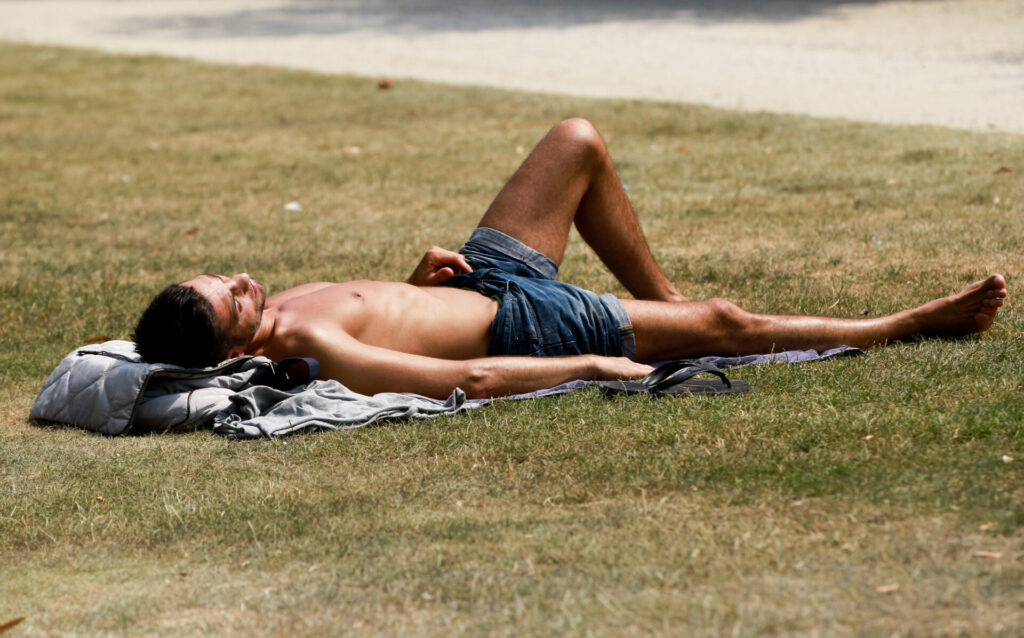With the hot weather comes the challenge of staying cool. Overheating is one issue but sunburn and the more effect of strong sunlight on our skin is a serious matter.
Though we typically apply the strongest cream to children, whose skin is particularly vulnerable, what about the rest of us? With the risk high for all ages, what strength should we wear ourselves?
It is important to note that no cream – even those with SPF 50 level protection – provides a total block against ultraviolet rays. Sunscreen helps protect our skin from UV, avoid sunburn and limits the risk of skin cancer but it is not an impenetrable shield.
Which begs the question, why are there so many levels? If nothing provides total protection, why don’t we just go for the most protective rather than think about the lower strengths?
The answer is that all skin types are different and laboratory tests have determined the protection factor based on human subjects with different ages and skin types. The protection factor is the ratio between the time it takes to get a sunburn with and without cream. This determines what level of protection is best for each skin type.

People already using suncream during the Easter weekend at the Belgian coast, April 2007 in Knokke. Credit: Belga / Dirk Waem
People with very fair skin and freckles will need more protection than those with very dark skin and creams are developed accordingly. Hence why sun creams range from SPF 15 to sometimes over 50.
The SPF rating only refers to UVB rays which do not penetrate as deeply as UVA rays but can wreak havoc on the top layers of your skin. UVB damages skin cells and causes DNA mutations that can eventually lead to melanoma and other types of skin cancer. UVA rays can cause premature skin aging such as wrinkles and age spots.
An SPF 15 sunscreen blocks 93% of UVB radiation, and SPF 30 blocks 97%. After that, the difference in protection is small. SPF 50 blocks 98%, and SPF 100 stops 99% of UVB rays from reaching your skin. But as mentioned, nothing stops 100%.
Deciding which level of protection should be used depends entirely on the consumer. But regardless of your skin type, it is important to be protected with particular attention to the most exposed areas of the body such as the nose, neck and ears. It is also advisable to avoid exposure during the hottest part of the day, between mid-morning and late afternoon, and wear good sunglasses with a UV filter.

